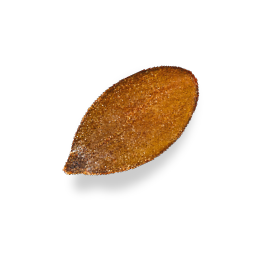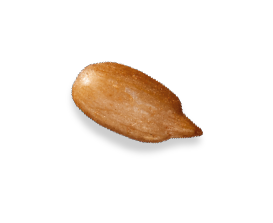We’re delighted to have had this blog written for us by Zara Syed.
Zara is a Registered Nutritionist (mBANT), with a degree in Biochemistry and a Masters in Clinical Neuroscience. Her private clinic is based on Harley street (currently online) and she is also the co-founder of The London Integrated Nutrition Clinic. As a digestive health specialist, Zara offers a highly scientific and personalised approach to her clients, helping them to set up a clear path towards optimal health through tailored nutrition programmes. She also works closely with schools and corporate companies, delivering educational talks and interactive workshops.
Please read on for some fascinating facts about fibre, and do try our new range of Breakfast Boosters to add delicious flavour and fibre to your everyday breakfasts from the power of lightly toasted seeds.

A healthy gut includes a diverse and balanced microbiome made up of trillions of bacteria, with a strong influence on our digestive function as well as our overall health and wellbeing. It may come as a surprise, but around 70% of our immune system resides in the gut and our gut bacteria also play a crucial role in helping our immune cells to identify foreign invaders. What we eat directly affects our gut microbiome and a sufficient intake of fibre will help to feed our beneficial bacteria as well as create an optimal environment for these bacteria to thrive.
The recommended intake of fibre is 30g per day, however as a population we are vastly under consuming, with an average daily intake of 18g. Incorporating rich dietary sources of fibre into our diets can help us to achieve our target.
So where can I get fibre from, I hear you say?
- Switch to wholegrain alternatives when it comes to breads, pastas, rice and cereals, which are less processed and will help to increase your fibre intake. These foods are also higher in essential nutrients such as b vitamins and magnesium, both of which are needed for energy production. If you really love your white bread, start by swapping to combined white and wholemeal varieties and slowly work to increase over time.
- Adding legumes such as beans, chickpeas and lentils to your soups, stews and curries is an easy way to up your intake.
- Include a wide range of fruits and vegetables, as diversity is key to ensuring a balanced and healthy gut microbiome!
** Aim for at least 2 different coloured vegetables with each meal.
** Stock up on frozen fruits and vegetables so you never go without!
- Leave on the skin of your fruits and vegetables- did you know that peeling the skin on an apple removes 50% of the fibre? Save yourself some time and don’t peel your potatoes as the skin counts towards your 5 a day.
- Nuts and seeds pack a punch and are a great way of getting added fibre into your meals and snacks. Grab a bag of your favourite Munchy Seeds and add them to your porridge, toast, salads, stir-fries, soups or pudding! Better still, keep a snack pack in your bag for when you’re on the go.
Try this gorgeous Berry Breakfast Bowl specially created for us by Zara.
Written by Zara Syed, Registered Nutritionist (mBANT)
You can email Zara at
info@zarasyednutrition.com


